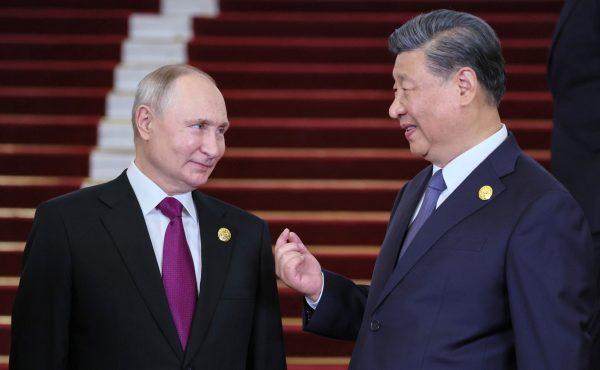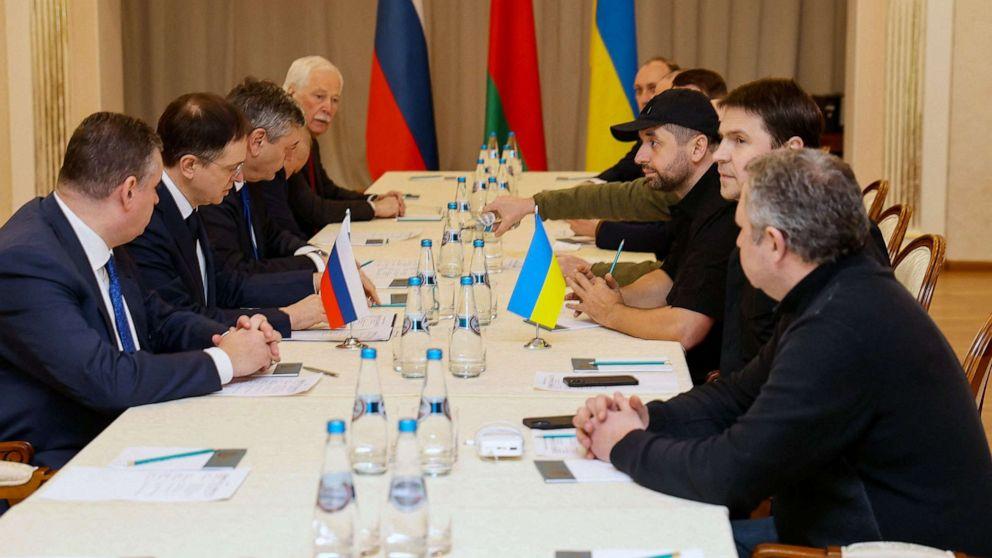In the high-stakes chess game of global military strategy,Russian President Vladimir Putin has just made a bold move. With the calculated precision of a Cold War veteran, he announced that Russia’s cutting-edge hypersonic missile system has transitioned from technological marvel to operational reality, with plans to station these lightning-fast weapons in neighboring Belarus.As geopolitical tensions simmer, this development sends a clear and provocative signal to the international community about Russia’s military capabilities and strategic intentions. In a bold strategic move that underscores the escalating geopolitical tensions, Russian President Vladimir Putin has announced a significant military advancement. The Kremlin’s latest weapon, the Kinzhal hypersonic missile system, has officially transitioned from developmental stages to active military deployment, with plans to position these advanced weapons in neighboring Belarus.
This hypersonic missile represents a technological leap in modern warfare, capable of penetrating existing missile defense systems with unprecedented speed and maneuverability. Traveling at speeds exceeding Mach 5, these weapons drastically reduce response times and challenge conventional defensive strategies employed by potential adversaries.
The decision to station these missiles in Belarus carries profound geopolitical implications. By extending Russia’s strategic reach closer to NATO’s eastern borders, Putin is sending a clear message of military preparedness and potential deterrence. This deployment effectively transforms Belarus into a critical forward operating base, amplifying regional military dynamics.
Technical specifications of the Kinzhal missile remain shrouded in strategic secrecy, but defense experts suggest it can carry conventional or nuclear warheads. Its capabilities include rapid acceleration, unpredictable trajectory alterations, and the ability to engage targets with remarkable precision at significant distances.
Belarus’s willingness to host these advanced weapons further solidifies its alignment with Russian military objectives. President Alexander Lukashenko’s cooperation signals a deepening military partnership that challenges Western strategic calculations and perhaps reshapes regional security architectures.
Western intelligence agencies are closely monitoring this development, recognizing the potential destabilizing effects of such advanced weaponry positioned near sensitive geopolitical boundaries. Diplomatic channels are likely to intensify discussions regarding arms control and regional stability in response to this strategic maneuver.
The technological sophistication of hypersonic missiles represents a new frontier in military engineering. Unlike traditional ballistic missiles, these advanced systems can perform complex mid-flight maneuvers, making interception exponentially more challenging for defensive systems.Military analysts suggest this deployment is part of a broader Russian strategy to demonstrate technological superiority and maintain a competitive edge in contemporary warfare.The psychological impact of such weapons extends beyond their physical capabilities, serving as a powerful diplomatic and strategic signal.
As global powers continue to invest in cutting-edge military technologies, the Kinzhal missile’s deployment symbolizes the ongoing conversion of international security landscapes. The delicate balance of power remains in constant flux, with technological innovation playing an increasingly decisive role in geopolitical relationships.








